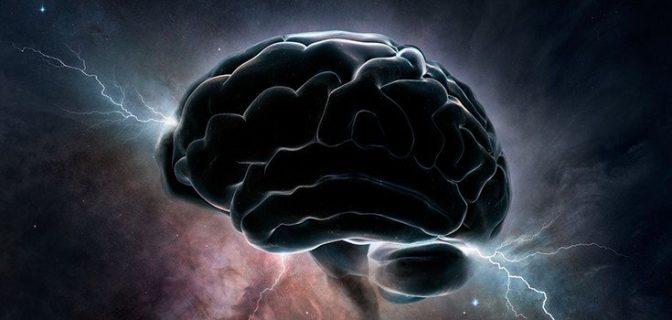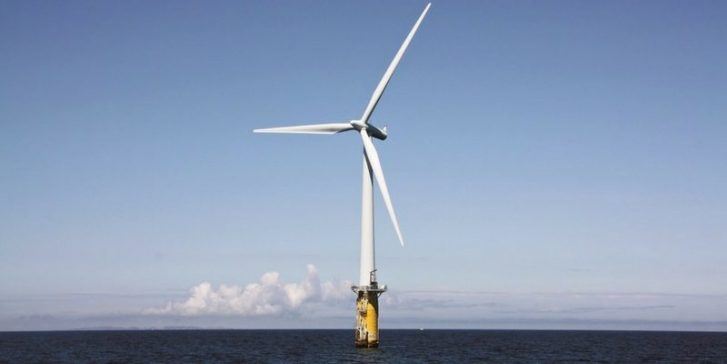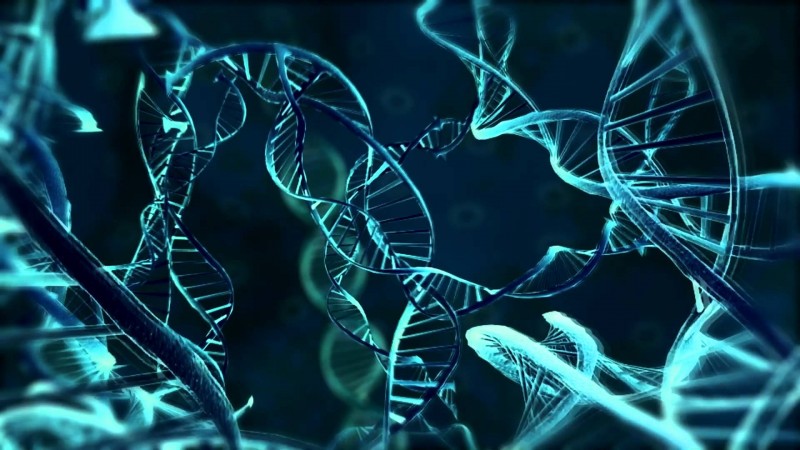Written by Alexa Erickson
As the only creature on the planet that has outcompeted, interbred, and killed off all other hominin species, many question how our intelligence allows for such world dominance.
That sounds like a lot.
But neurobiologist Steven Rose says that’s still not enough, claiming we would also need to know how these connections have evolved over a person’s lifetime, and what the social circumstances were.
But that could take centuries.
There is even a popular theory that our brains are similar to computers. But as a Wired article pointed out:
Humans have been trying to understand the mind for millennia. And metaphors from technology—like cortical CPUs—are one of the ways that we do it. Maybe it’s comforting to frame a mystery in the familiar. In ancient Greece, the brain was a hydraulics system, pumping the humors; in the 18th century, philosophers drew inspiration from the mechanical clock. Early neuroscientists from the 20th century described neurons as electric wires or phone lines, passing signals like Morse code. And now, of course, the favored metaphor is the computer, with its hardware and software standing in for the biological brain and the processes of the mind.
And so we are left with the understanding that humans have giant brains, but many of its secrets remain a mystery. Will there ever be a breakthrough?
Within the last few decades, more has been revealed about the pace and stages of brain growth in humans. Our brains quadruple in size within such little time, from birth to preschool. And by the time we are six years old, our brains have reached 90% of their final size, though this complex organ doesn’t stop growing until our mid-20s.
But why so big?
It seems our environment has a lot to do with it. Mark Maslin, Professor of Palaeoclimatology, UCL explained:
It is the detailed knowledge of society and the need to track and control the ever changing relationship between people around us that has created our huge complex brain.
It seems our brains could be even more flexible that we previously thought. Recent genetic evidence suggests the modern human brain is more malleable and is modelled more by the surrounding environment than that of chimpanzees.
While the anatomy of the chimpanzee brain is controlled by their genes, the modern human brain is largely shaped by the environment, regardless of genetics.
Essentially, we have pre-programmed brains that just know to be super flexible in order to deal with environment and society. This means that each new generation’s brain structure is a bit different than the last, as it has adapted to its new world, specific environmental and social challenges included.
Originally posted @ Collective Evolution









